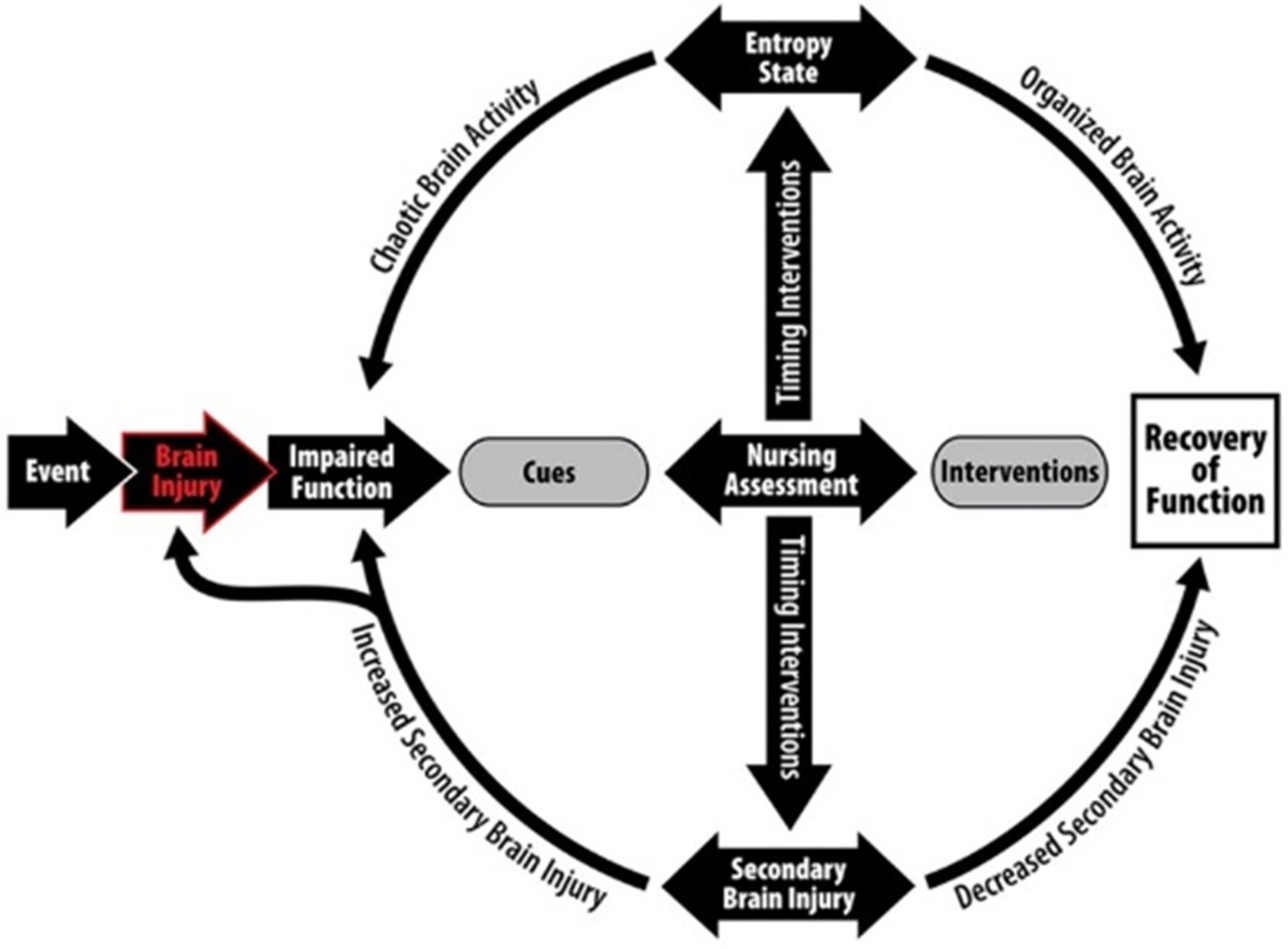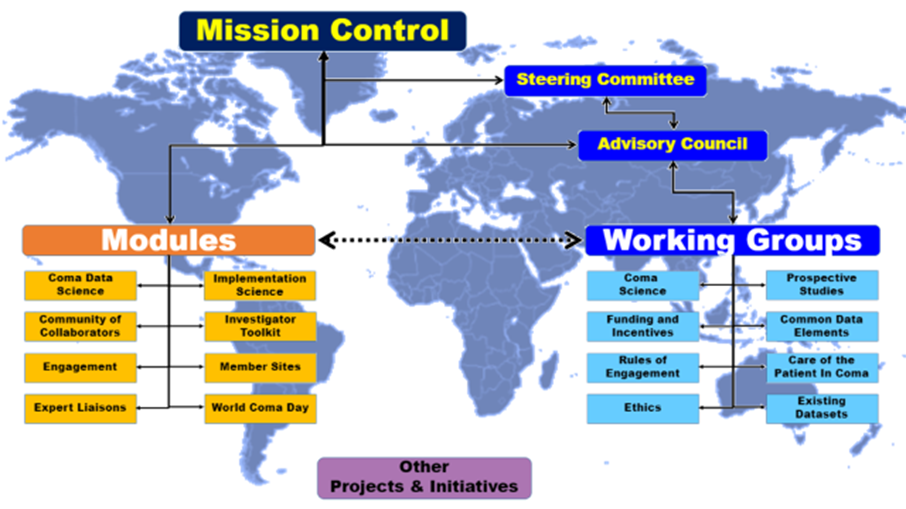Nursing Knowledge is Key to Curing Coma
One person can have an idea, but more often than not, innovation requires teamwork. In 2022, there are no evidence-based interventions proven to wake a patient from coma. By creating a worldwide collaborative, the Curing Coma Campaign aims to change that.
DaiWai M. Olson PhD RN FNCS
One person can have an idea, but more often than not, innovation requires teamwork.
Coma occupies a space between consciousness and death. A patient in coma is not only unaware of what is happening around them, they are unable to respond to internal or external stimulation. For over 2,000 years science has sought for a cure. Hence, the idea of curing coma is not, in itself, innovative. The Curing Coma Campaign is not innovative because of the goal, it is innovative because of the approach.
In 2018 an international group of over 100 nurses, physicians, pharmacists and therapists met in Miami Florida and decided the time had come to tackle one of the biggest challenges in healthcare – consciousness. The terminology is different depending on where you work. Disorders of consciousness (DOC), coma, alteration in consciousness, cognitive motor dissociation, vegetative state, unconscious. At the end of the day, what matters to the family is that the patient we are taking care of is not the person they were.
Coma is a vivid word; it evokes an emotional response. For most of us, our first exposure to the word was not during nursing school, it was through fictional books, television shows, or movies. As a teenager, I vividly recall reading COMA by Robin Cook. Reading this story, I imagined coma as a physical state similar to suspended animation - but worse. Since that reading, I continue to hear coma described as a horrible, helpless state. Certainly we have all watched a least once scene where the concerned physician tells the family “…I’m sorry, I am afraid she is a coma… there’s nothing to do now but wait.”
Wow! Really? Nothing to do but wait?
Nurses don’t just wait. As identified by the Cue-Response Theory, nursing care is purposive. Nurses do very precise things at very specific times for very specific reasons. At some point in their career, almost every nurse has been, or will be, asked, “Is she (he) in a coma?” For those nurses, there is a lot that needs to be done, and none of it involves just waiting. First and foremost, nurses take these questions as an opportunity to educate the family. We teach about the equipment, about monitoring and assessment, we educate them about the primary diagnosis, we tell them what we are doing, and why.

When they ask the big question, “When will mom wake up?” we answer honestly that we don’t know. But it doesn’t stop there. Nurses bring the family back to the here and now. What can be done now? The family can help with many simple but important tasks. Family can help with simple daily routines such as combing the patient’s hair, repositioning, range of motion, and skin care. Some evidence also suggests that familiar voices and family simply being present is associated with recovery.
Nurses have spent decades improving our understanding of how to care for the unconscious patient. Nurses have refined nearly every step in care of the unconscious patient from the cranial nerve exam to innovative practices for maintaining joint mobility. Nurses have devised new interventions and revised existing routines to ensure that the comatose patient receives appropriate care that will promote healing. Sadly, until now, we have not focused our attention on how to cure the patient.
In 2022, there are no evidence-based interventions proven to wake a patient from coma. By creating a worldwide collaborative, the Curing Coma Campaign aims to change that. There are already over 200 healthcare members collaborating on the effort to identify and study exciting new interventions to promote the recovery of consciousness. The Curing Coma Campaign is organized as 16 modules and scientific working groups with scientific leadership and infrastructure oversight. We are committed to diversity, equity, and inclusion. The campaign leadership includes a nurse and a physician; each of the many modules includes a diverse multidisciplinary, multinational group of volunteers.

Nursing care and teamwork are often inseparable companions on the forefront of innovation. At the onset of the pandemic, nursing ingenuity was pivotal in redesigning patient care delivery. Identifying and implementing innovative approaches to care of the comatose patient will require that nurses are both team members and team leaders of the Curing Coma Campaign. March 22nd is World Coma Day and this free event is an open invitation to get involved. For a full 24-hours, patients, family, nurses, physicians, and scientists across the globe will gather to discuss innovation in caring and curing. This effort unites nurses, therapists, pharmacists, and physicians, I sincerely hope you are among them.
March 2022










